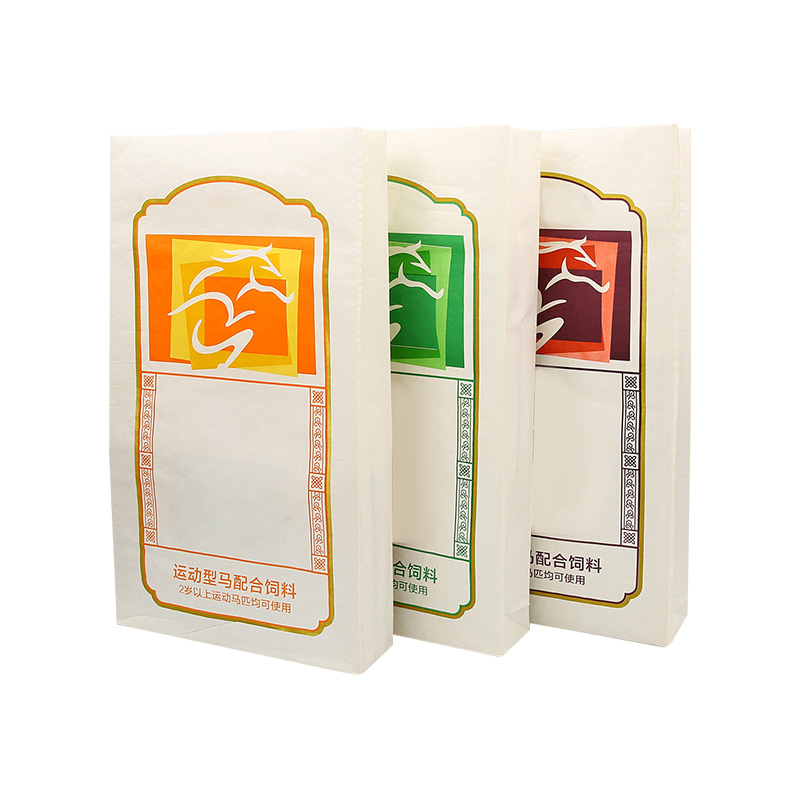The production of PP woven bags has undergone significant changes in recent years, driven by advances in automation and technology. Automation in PP woven bag production allows manufacturers to enhance efficiency, maintain consistent quality, and reduce labor-intensive processes. These bags, widely used in industrial, agricultural, and commercial applications, are valued for their durability, versatility, and cost-effectiveness.
PP fertilizer bags represent one of the more common applications of woven polypropylene. These bags are designed to safely store and transport large quantities of fertilizers, ensuring that the materials remain contained without spillage. Automation in the production process ensures uniform bag dimensions and consistent sealing, which are essential for maintaining product safety and reducing wastage during transportation.

Sustainable airtight packaging is becoming increasingly important across various industries. PP woven bags can be integrated with airtight sealing mechanisms to protect contents from moisture, pests, and contamination. With automation, manufacturers can produce these airtight bags at scale, offering a reliable packaging solution for sensitive goods such as grains, chemicals, and powdered products. By reducing material waste and improving production accuracy, automated processes contribute to more sustainable manufacturing practices.
BOPP woven sacks are another variation within the woven bag market. These bags feature a polypropylene base coated with a layer of biaxially oriented polypropylene (BOPP), providing enhanced strength, water resistance, and printability. Automation allows for precise control over coating and lamination processes, ensuring that each BOPP woven sack meets specific strength and performance standards. This level of control also less defects and enhances overall product uniformity, which is crucial for industries that require reliable bulk packaging solutions.
In addition to fertilizers and BOPP sacks, automated PP woven bag production supports diverse applications such as food storage, construction materials, and industrial powders. Automation enables manufacturers to adjust bag dimensions, thickness, and sealing methods according to customer requirements, increasing flexibility while maintaining production efficiency. These adjustments are often managed through digital control systems that monitor material feed, weaving speed, and cutting processes, reducing the risk of human error and production delays.
The integration of automated technology also impacts sustainability efforts. By optimizing material usage and reducing defects, manufacturers can reduce waste and improve the overall environmental footprint of PP woven bags. Sustainable airtight packaging, for instance, not only preserves product quality but also reduces the need for additional protective packaging, lowering material consumption. Automation ensures consistent sealing and bag quality, reducing the likelihood of product spoilage or leakage during transport.
PP fertilizer bags benefit significantly from these technological improvements. Uniform bag sizes, controlled thickness, and reliable sealing extend the usability of the bags while supporting safe storage and transport. Automation also enables the use of multi-layer woven structures, which can improve barrier properties and enhance protection for sensitive materials. These multi-layer bags, when combined with airtight sealing, provide long-term storage solutions that meet industrial standards and customer expectations.
BOPP woven sacks, with their added durability and print quality, are particularly suited for applications where branding and product presentation are important. Automated production lines allow for precise registration of printed designs and consistent surface finishing, ensuring that bags meet aesthetic as well as functional requirements. The combination of automation and BOPP technology results in packaging that balances strength, visual appeal, and protective performance.
Looking ahead, the continued adoption of automation in PP woven bag production is expected to drive improvements in efficiency, sustainability, and product quality. Manufacturers can respond more effectively to market demands, reduce material waste, and maintain high levels of consistency across large production runs. Automation also facilitates integration with other sustainable packaging solutions, such as airtight seals and recyclable materials, supporting a more environmentally responsible approach to bulk packaging.
Automation in PP woven bag production has transformed the industry by enabling reliable, efficient, and sustainable manufacturing. PP fertilizer bags, BOPP woven sacks, and sustainable airtight packaging all benefit from precise control, reduced material waste, and improved product performance. These advancements provide industries with versatile packaging options that meet both operational and environmental requirements, demonstrating how technology continues to shape the future of woven bag manufacturing.


 English
English Español
Español عربى
عربى
